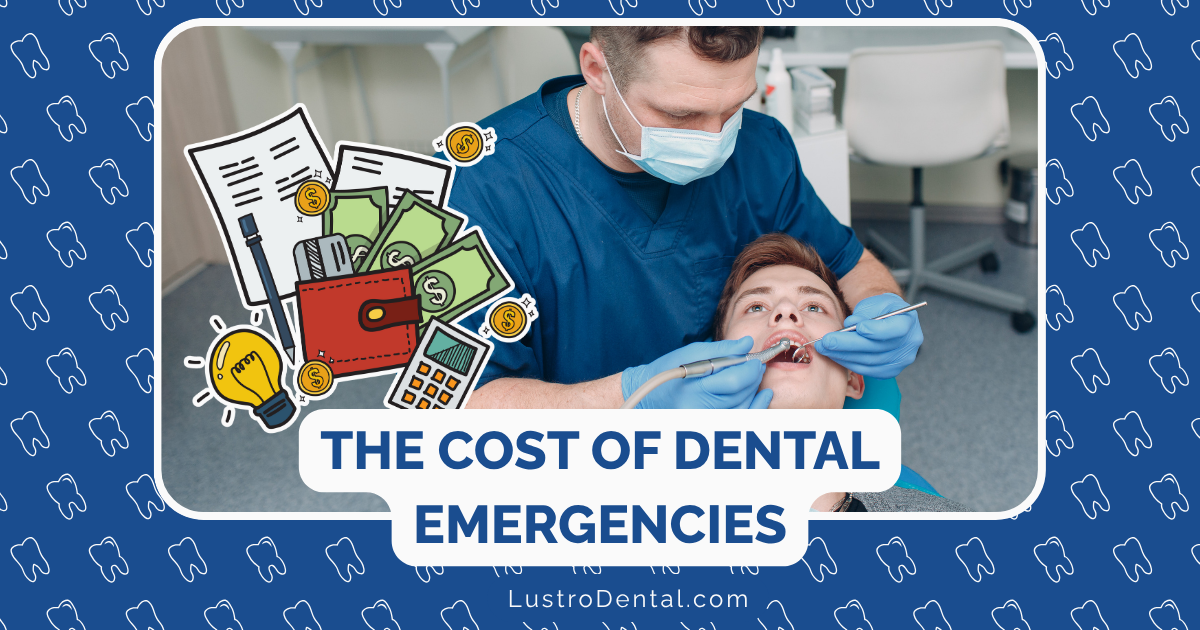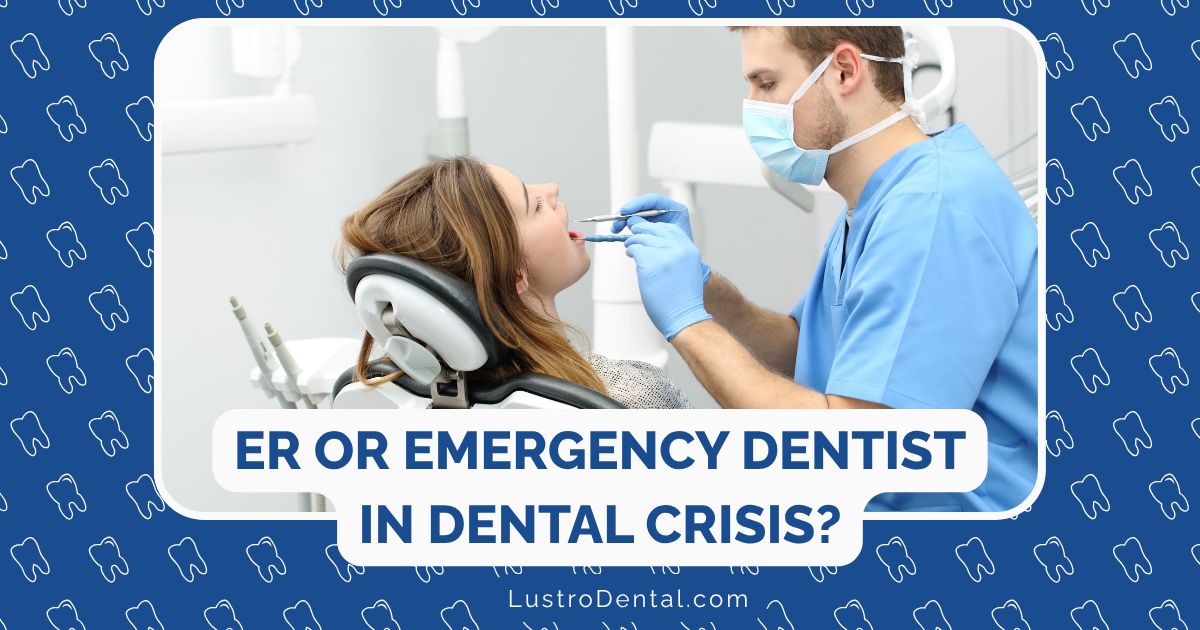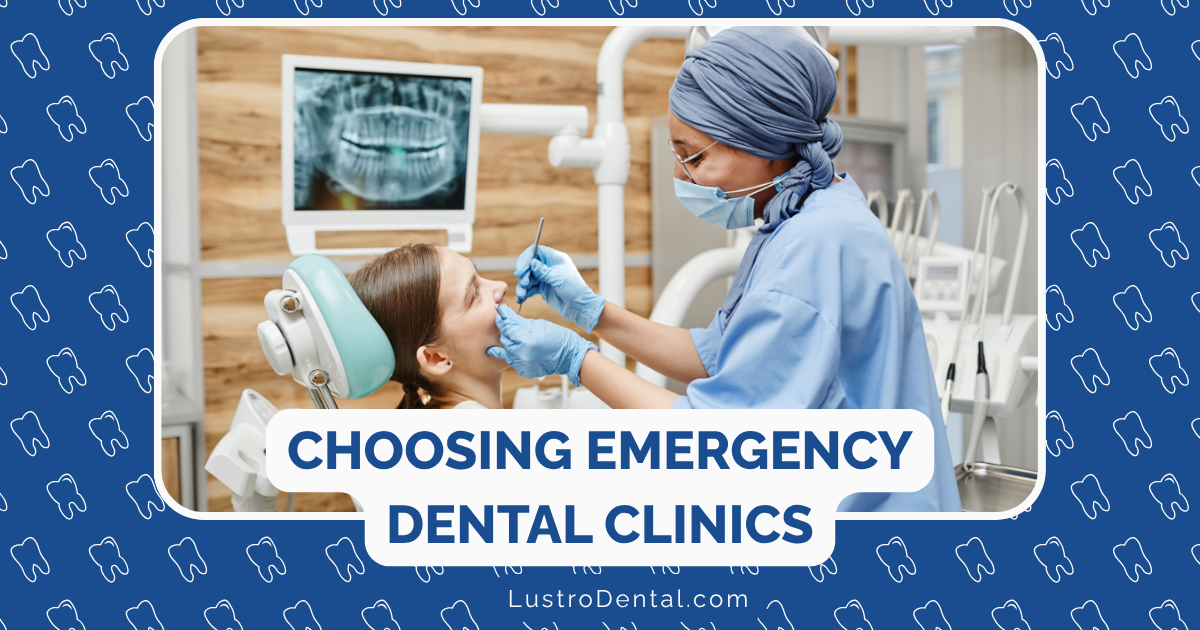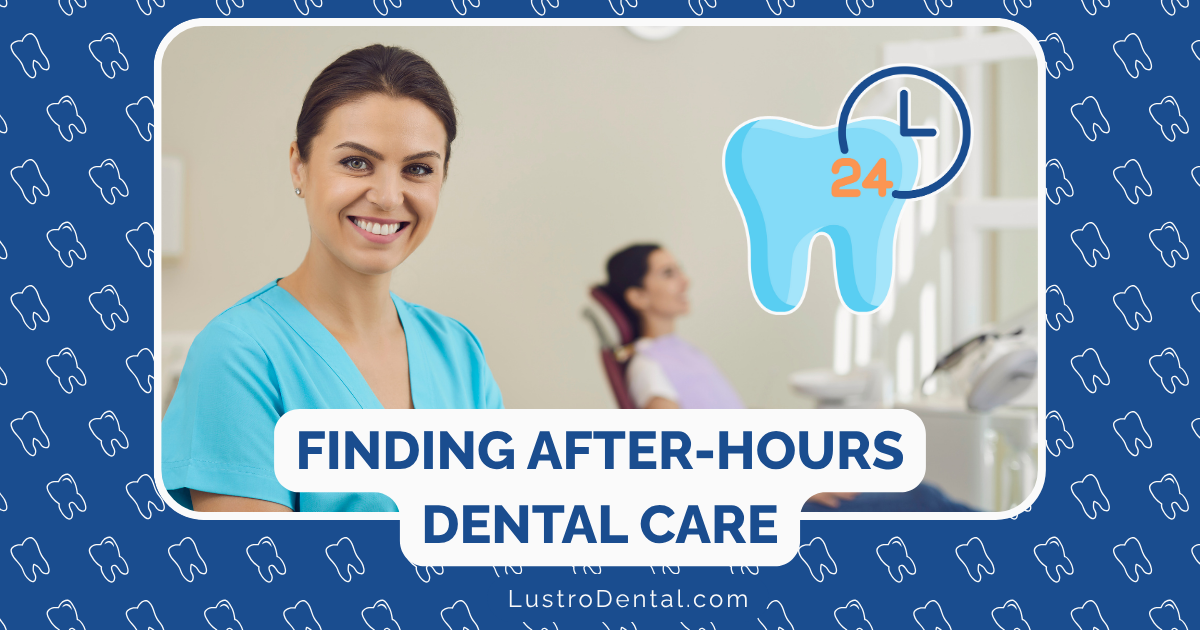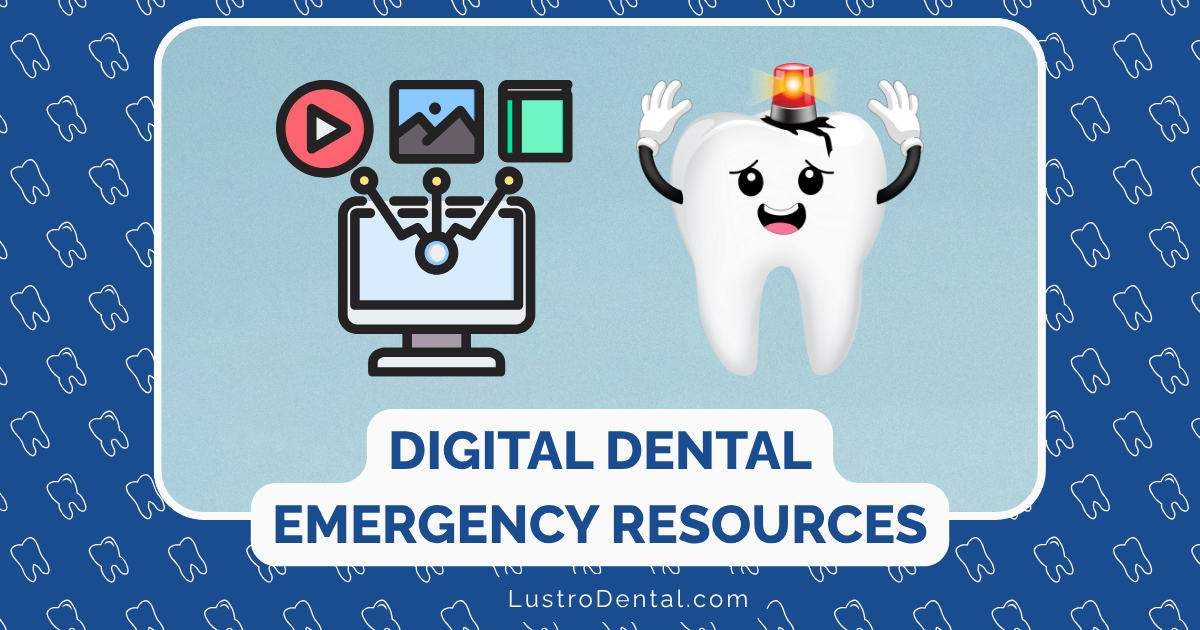Sports Sideline Dental Emergency Kit: What Coaches Should Keep On Hand
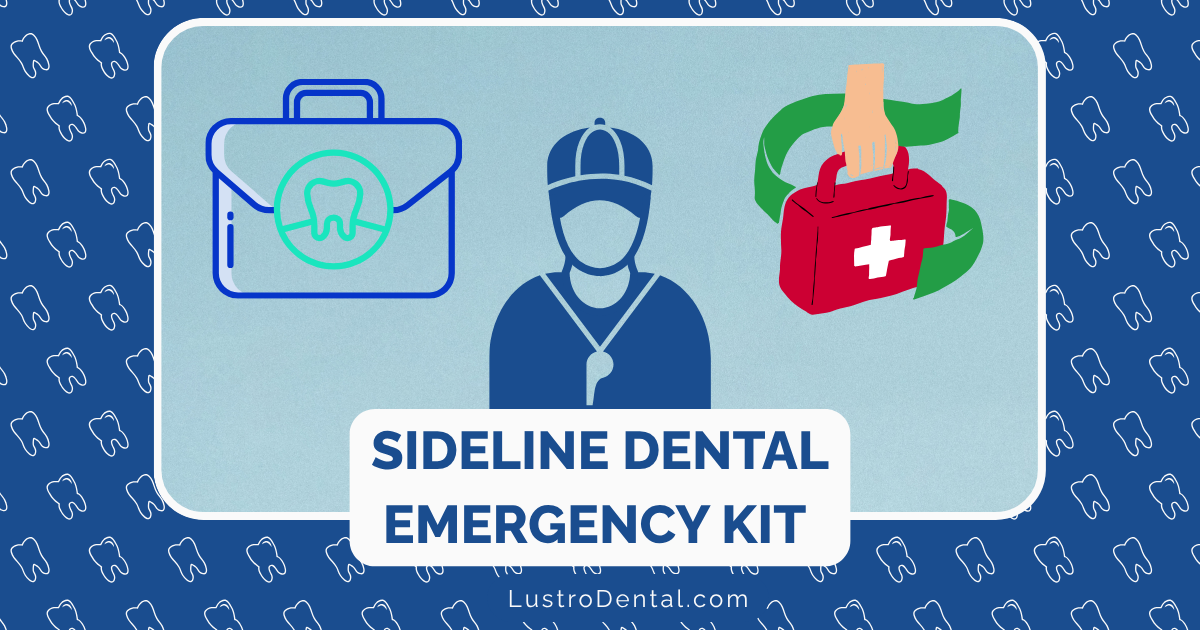
As a coach, you’ve likely witnessed the full spectrum of sports injuries – from minor scrapes to more serious sprains and concussions. But how prepared are you for one of the most common yet often overlooked sports emergencies: dental injuries?
The statistics are eye-opening. According to the American Dental Association, athletes who don’t wear mouthguards are 60 times more likely to suffer dental injuries. Each year, more than 5 million teeth are knocked out in sporting activities, with basketball, baseball, and football accounting for the majority of these injuries.
What’s particularly critical about dental emergencies is the time factor. For example, a knocked-out tooth has the best chance of being saved if it’s properly handled and reimplanted within 30-60 minutes. As a coach on the sidelines, your immediate response can literally be the difference between an athlete keeping or losing their tooth for life.
Let’s build a comprehensive sideline dental emergency kit and establish protocols that could save an athlete’s smile – and potentially thousands of dollars in dental work.
Understanding Common Sports-Related Dental Injuries
Before diving into the emergency kit contents, it’s important to understand the types of dental emergencies you might encounter:
1. Avulsed (Knocked-Out) Tooth
This is the most time-sensitive dental emergency. An avulsed tooth has been completely displaced from its socket. Proper immediate handling significantly increases the chances of successful reimplantation.
2. Luxated (Displaced) Tooth
These teeth remain in the socket but are pushed in an abnormal position – either pushed inward, outward, or to the side. These require prompt professional attention.
3. Fractured/Chipped Tooth
Teeth can fracture in various ways, from minor chips in the enamel to severe fractures involving the tooth’s pulp (nerve and blood vessels).
4. Soft Tissue Injuries
Cuts, lacerations, or puncture wounds to the lips, cheeks, tongue, or gums often accompany dental injuries and may require immediate attention to control bleeding.
5. Jaw Fractures or Dislocations
Though less common, these serious injuries require immediate medical attention.
Dr. James Thompson, team dentist for the National Sports Medicine Institute, emphasizes: “Coaches are often the first responders to dental trauma on the field. Having the right supplies and knowledge can dramatically improve outcomes for injured athletes.”
Essential Components of a Sideline Dental Emergency Kit
Your sideline dental kit should be compact, clearly labeled, and easily accessible. Here’s what dental professionals and the National Athletic Trainers’ Association recommend including:
1. Tooth Preservation Products
Save-A-Tooth® kit or similar tooth preservation system
- Contains a specialized solution (Hank’s Balanced Salt Solution) scientifically proven to keep knocked-out teeth viable for reimplantation
- Preserves living cells on the tooth root for up to 24 hours
- Available at many pharmacies or online for $15-25
Alternative preservation options
- Small, sealed containers of milk (shelf-stable boxes work well)
- Sterile saline solution in sealed containers
- Note: Water is NOT recommended as it can damage the delicate cells needed for successful reimplantation
2. Temporary Filling Materials
Temporary dental cement
- For securing loose crowns or fillings
- Products like Dentemp® or similar over-the-counter options
- Includes application tools and instructions
Dental wax
- Covers sharp edges from broken teeth or orthodontic appliances
- Prevents further soft tissue damage
- Particularly important for athletes with braces
3. Pain Management
Oral anesthetic gel
- Benzocaine-based products (like Orajel®)
- Provides temporary pain relief
- Apply with cotton swabs (include these in your kit)
Cold packs
- Instant-activation cold packs for reducing swelling
- Small size for facial application
- Include at least 2-3 in your kit
4. Bleeding Control
Sterile gauze pads
- Various sizes for controlling bleeding
- Can be used to apply pressure to bleeding gums or soft tissues
- Include at least 10-15 pads
Cotton rolls
- Dental-specific item that fits comfortably in the mouth
- Helps control bleeding and isolate injured areas
- Available at dental supply stores or online
Tea bags (black tea)
- Contains tannic acid that helps control bleeding
- Can be placed directly on bleeding sites
- Include 3-5 individually wrapped bags
5. Examination and Clean-up
Disposable gloves
- Nitrile preferred (due to potential latex allergies)
- Multiple sizes if multiple coaches/staff might use the kit
- At least 5-10 pairs
Dental mirror
- Small, mouth-sized mirror for examining injuries
- Helps locate fragments or assess damage in hard-to-see areas
- Plastic versions are safer for sideline use
Penlight or small flashlight
- For illuminating the mouth during examination
- LED options provide clear, bright light
- Include extra batteries
Antimicrobial mouth rinse
- Small bottle for rinsing debris from injuries
- Helps reduce infection risk
- Alcohol-free versions preferred
6. Documentation and Communication
Dental emergency instruction cards
- Step-by-step protocols for different dental emergencies
- Laminated for durability and to prevent contamination
- The Academy for Sports Dentistry offers downloadable treatment cards
Medical information forms
- Copies of athletes’ dental insurance information
- Emergency contact details
- Known dental conditions or ongoing treatments
Local dental emergency contacts
- List of nearby emergency dentists with phone numbers and addresses
- Note those with extended or weekend hours
- Include team dentist contact information if applicable
Organizing Your Dental Emergency Kit
Proper organization ensures you can quickly access what you need in an emergency:
- Use a dedicated container – Waterproof, durable, and clearly labeled “Dental Emergency Kit“
- Organize by emergency type – Group items for specific injuries together in labeled ziplock bags
- Include a contents list – Tape a laminated inventory to the inside lid
- Regular checks – Inspect contents before each season and replace expired items
Dr. Lisa Rodriguez, sports dentistry specialist at Athletic Dental Safety Institute, recommends: “Position your dental emergency kit alongside your standard first aid supplies, but keep it separate. Dental emergencies require specific tools and protocols that shouldn’t be buried among general first aid items.”
Emergency Protocols for Common Dental Injuries
Having the right supplies is only part of the equation. Knowing how to use them properly is equally important. Here are step-by-step protocols for handling common dental emergencies:
Protocol for a Knocked-Out (Avulsed) Tooth
- Locate the tooth – Search the area carefully; teeth can be embedded in lips or cheeks
- Handle with care – Pick up the tooth by the crown (white part), never touch the root
- Do not clean the tooth – Gentle rinsing with milk or saline is acceptable if visibly dirty, but never scrub or use soap
- Attempt reimplantation if possible – For permanent teeth in older athletes, gently reinsert the tooth in its socket and have the athlete bite down on gauze
- If reimplantation isn’t possible – Place the tooth in a Save-A-Tooth kit, milk, or saline solution
- Seek immediate professional care – Transport the athlete and preserved tooth to an emergency dentist or hospital immediately
- Control bleeding – Have the athlete bite down on sterile gauze if bleeding continues
According to research published in the Journal of Athletic Training, the survival rate for reimplanted teeth drops dramatically after 30 minutes outside the mouth, making immediate action crucial.
Protocol for Displaced (Luxated) Teeth
- Assess the displacement – Note if the tooth is pushed in, out, forward, or backward
- Do not attempt to reposition – Unlike avulsed teeth, displaced teeth should be professionally repositioned
- Control bleeding – Apply gentle pressure with sterile gauze
- Apply cold compress – Reduce swelling with cold pack to the outside of the face
- Seek immediate dental care – Transport to emergency dentist within 6 hours
Protocol for Fractured/Chipped Teeth
- Locate any fragments – Save tooth fragments in milk or saline
- Assess the severity – Note if the break exposes yellow dentin or pink/red pulp (nerve)
- Cover sharp edges – Apply dental wax to prevent soft tissue injury
- Rinse gently – Have athlete rinse with antimicrobial mouth rinse
- Apply cold compress – Reduce pain and swelling
- For severe fractures with pulp exposure – Seek care within 24 hours
- For minor chips – Schedule dental appointment within a few days
Protocol for Soft Tissue Injuries
- Control bleeding – Apply direct pressure with sterile gauze for 5-10 minutes
- Clean the wound – Gently rinse with antimicrobial mouth rinse or saline
- Assess depth and size – Deep cuts or those larger than 1/2 inch may require sutures
- Apply cold compress – Reduce swelling and discomfort
- For severe lacerations – Seek immediate medical attention
- For minor cuts – Monitor for signs of infection
When to Seek Emergency Professional Care
Some situations require immediate professional intervention. Transport the athlete for emergency care if:
- A permanent tooth has been knocked out (immediate care critical)
- A tooth has been displaced from its normal position
- A fracture exposes the tooth pulp (pink/red visible in the fracture)
- Bleeding cannot be controlled after 10 minutes of pressure
- There are signs of jaw fracture (inability to close teeth together normally, facial asymmetry)
- The athlete reports numbness in the lip or face
- Any dental injury is accompanied by signs of concussion
Prevention: The Best Emergency Plan
While having an emergency kit is essential, preventing injuries is always preferable:
1. Proper Mouthguard Use
- Custom-fitted mouthguards provide the best protection and are worth the investment for high-risk sports
- Properly-fitted boil-and-bite mouthguards offer reasonable protection when custom options aren’t available
- Stock mouthguards provide minimal protection and should be considered a last resort
Research from the American Academy of Pediatric Dentistry shows that properly fitted mouthguards can reduce the risk of sports-related dental injuries by 60%.
2. Education and Enforcement
- Establish clear rules about mouthguard use during practices and games
- Educate athletes about the importance of dental protection
- Demonstrate proper mouthguard fitting and care
- Consider implementing a “no mouthguard, no play” policy for contact sports
3. Regular Equipment Checks
- Inspect mouthguards regularly for wear, tears, or poor fit
- Ensure helmets with face guards are properly fitted and maintained
- Replace damaged protective equipment immediately
Sport-Specific Considerations
Different sports present different dental injury risks. Here are considerations for commonly coached sports:
Basketball and Soccer
Despite being non-contact in theory, these sports account for a significant percentage of dental injuries due to:
- Elbow contact during rebounds or headers
- Falls on hard surfaces
- Lack of mandatory mouthguard use
Recommendation: Strongly encourage mouthguard use despite lack of mandate.
Football and Hockey
These sports typically have mandatory mouthguard rules, but compliance and proper fit remain issues.
Recommendation: Verify proper fit of mouthguards and enforce consistent use during practice, not just games.
Baseball and Softball
Facial injuries often result from:
- Ball impacts
- Bat contact
- Collisions between players
Recommendation: Consider catcher’s masks for all defensive positions in youth leagues.
Wrestling and Martial Arts
These sports present unique risks due to:
- Direct contact to the face
- Potential for falls and impacts
Recommendation: Double mouthguards (protecting both upper and lower teeth) may be appropriate.
Real-World Success Stories
The effectiveness of proper preparation is best illustrated through real examples:
Case Study: High School Basketball Championship During a state championship game, 17-year-old point guard Marcus took an accidental elbow to the mouth, knocking out his front tooth. The coach immediately implemented the proper protocol, retrieving the tooth without touching the root, placing it in the team’s Save-A-Tooth kit, and arranging emergency transport. The tooth was successfully reimplanted, and after proper dental follow-up, Marcus made a full recovery with his natural tooth intact.
Case Study: Youth Soccer Tournament When 12-year-old goalkeeper Sophia collided with a striker and fractured her tooth, her coach’s preparation made all the difference. Using the dental emergency kit, the coach applied dental wax to the sharp edge, controlled bleeding with gauze, and preserved the tooth fragment in milk. The quick response allowed the dentist to bond the fragment back to Sophia’s tooth rather than requiring a more extensive restoration.
Coach’s Checklist: Ensuring Dental Emergency Readiness
Use this checklist to ensure you’re prepared for dental emergencies:
- Assemble complete dental emergency kit
- Review and understand emergency protocols
- Verify all coaching staff know the location of the kit
- Update emergency contact information for local dentists
- Check kit contents before each season
- Replace expired or used items promptly
- Practice scenarios with assistant coaches
- Collect dental insurance information from all athletes
- Identify athletes with existing dental conditions or appliances
- Establish mouthguard policies and enforcement procedures
Conclusion: Being Prepared Makes All the Difference
As a coach, your responsibilities extend beyond teaching skills and strategy – you’re often the first responder when injuries occur. A well-prepared dental emergency kit and the knowledge to use it properly can make a dramatic difference in outcomes for your athletes.
Dr. Michael Johnson, former team dentist for the US Olympic Committee, puts it succinctly: “In my decades of sports dentistry experience, I’ve seen countless teeth saved by coaches who were properly prepared. The difference between a coach with a proper dental kit and one without can literally be the difference between an athlete keeping or losing their teeth for life.”
By assembling a comprehensive sideline dental emergency kit and familiarizing yourself with proper protocols, you’re providing an invaluable service to your athletes – one that might not be appreciated until it’s needed, but that can have life-changing implications when dental emergencies occur.
Remember: in dental emergencies, time is tooth. Your preparation and quick action might just save an athlete’s smile.
Have you ever handled a dental emergency on the sidelines? What items would you add to this emergency kit based on your experience? Share your thoughts in the comments below.
Disclaimer: This article is for informational purposes only and does not constitute professional dental or medical advice. Always seek the advice of qualified healthcare providers with any questions regarding medical conditions or emergencies.


